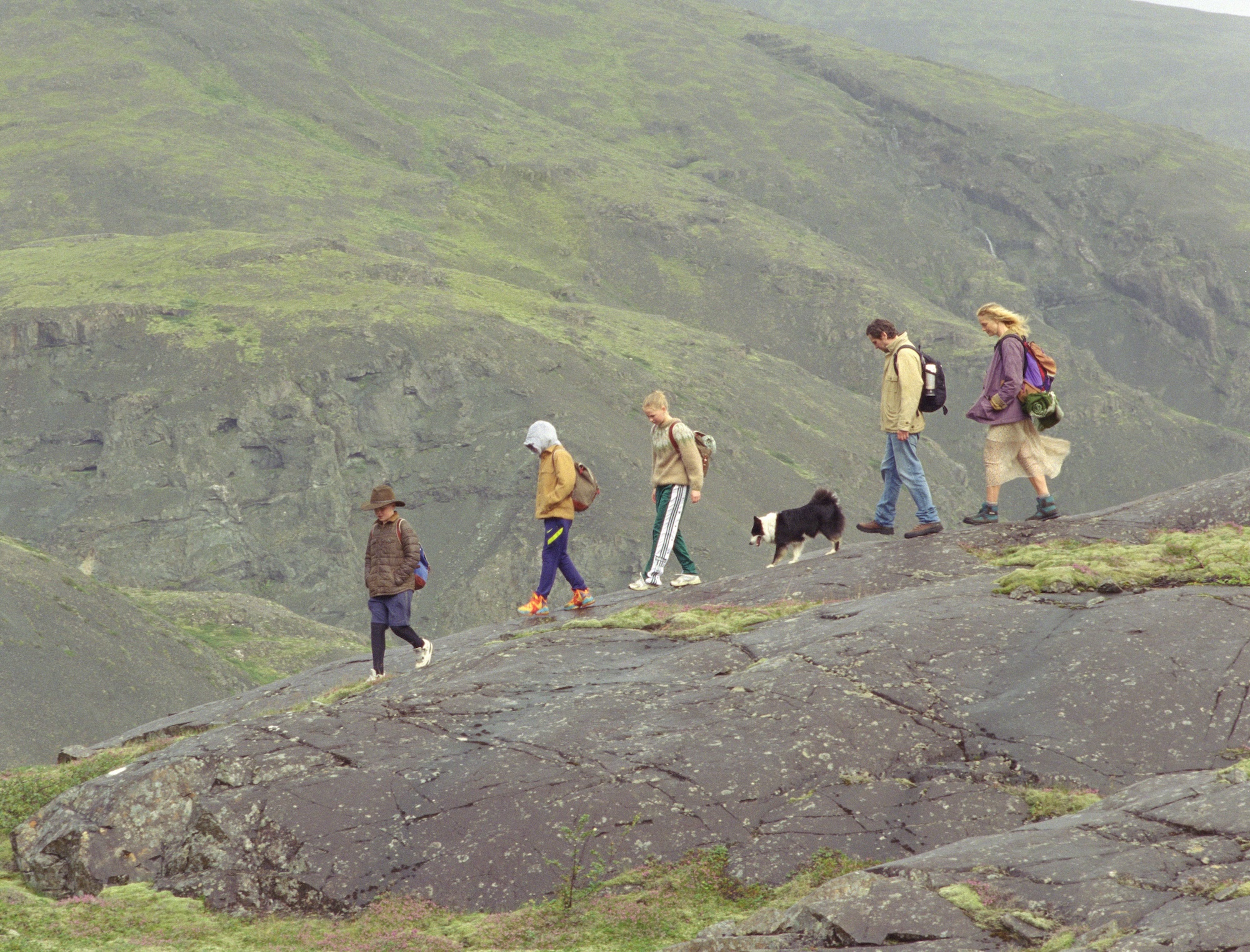Over the course of a year, in the vast and shifting landscape of rural Iceland, The Love That Remains follows Anna and Magnus, once teenage lovers, now grown and quietly drifting apart. As Magnus spends long periods at sea, Anna stays behind with their three children, navigating the subtle rhythms of domestic life and emotional separation.
Hlynur Pálmason blends observational realism with lyrical, dreamlike moments, crafting a richly textured portrait of a family in transition. The film pulses with a tactile sense of place, sculpted by seasons, sound, and the physical traces of a shared life slowly fading.
Even as love fractures, it echoes in gestures, rituals, and memories, in the way children play, in unspoken glances, and in the ordinary persistence of care. Both deeply intimate and quietly epic, The Love That Remains is a cinematic meditation on how love endures, even as it changes form.

